Chances are that you’ve never heard of Mark Landis. Goodness knows there are at least 46 museums around the country that wish they hadn’t. You see, Landis — an improbable little fellow with the voice and demeanor of a slightly befuddled Truman Capote — is an art forger, but he takes no money for his forgeries. No, he simply donates them to museums as bequests from nonexistent relatives. Therein lies the problem for the unlucky recipients of his largesse — what he’s doing may be “immoral,” but since he doesn’t profit from this, it isn’t illegal. It seems that one day he decided to become a “philanthropist,” and this is the path he chose. He insists that what he’s done isn’t wrong — but it has left a lot of overly willing museum curators with egg on their faces, especially when they learned that several museums had been given copies of the same pictures.
There’s nothing remarkable about the filmmaking here — except perhaps for the fact that it took three credited directors to make the movie. It’s straightforward stuff with a tendency to crowd in uncomfortably close on its subject and spend too much time on shots of Landis walking or driving to no real point. You also have to realize that a fair amount of what we’re seeing is obviously staged. The likelihood of questions not being raised about the presence of a camera crew when Landis — in one of his guises (sometimes he poses as a Jesuit priest) — presents a museum with one of his gifts is, at the least, astronomical. I’m not crying “foul” here — all documentaries “cheat” to some extent — but it’s as well to realize that we’re not just flies on the wall. No, we are moviegoers being told a story.
The question arises — and it has troubled a handful of critics — as to whether or not the filmmakers are exploiting Landis. The man has a history of mental illness — having suffered a nervous breakdown when he was 17, at which time he was diagnosed as (among other things) schizophrenic. Landis himself is open about this and happy to read the report on him aloud, citing what he does and doesn’t agree with. He has no friends and measures time strictly in terms of “when Mother died.” (He was plying his forgery trade long before that.) He worries that he was a disappointment to his father. He frets over being stopped in his philanthropy. And yet, there’s a mischievous streak in him that makes you wonder if he isn’t, in his own way, exploiting the interest of the filmmakers.
The film is pretty clearly on his side, though it’s at pains not to say that outright. He’s befuddled, vague, seemingly confused, but the people who come off badly are the ones on the other side of the fence — especially the obsessed former registrar of the Oklahoma City Museum of Art, Matthew Leininger, whose sole mission in life is stopping Landis at all costs. OK, so Landis’ activities are perhaps wrong, but there’s no way to spin this where it doesn’t look like Leininger is really just out for petty revenge over having been made a fool of. In fact, everyone who was duped by Landis looks pretty silly — and way too willing to accept his gifts as genuine in the first place. This becomes even more clear as you realize that Landis’ copies in their cheap, “distressed” craft store frames really aren’t that convincing under scrutiny.
What we’re left with, though, is a beguiling — sometimes sad — portrait of a wholly fascinating character given to rambling discourses and quoting from old movies. (Well, his credo is that you should always watch TV while you do your “arts and crafts” projects.) He’s also a character who you’re never sure isn’t in on the joke, even while he takes a pull from a Milk of Magnesia bottle filled with cheap wine and seems thoroughly confused. The filmmakers may not have made a great movie, but they have a remarkable subject. Not Rated and containing nothing offensive.



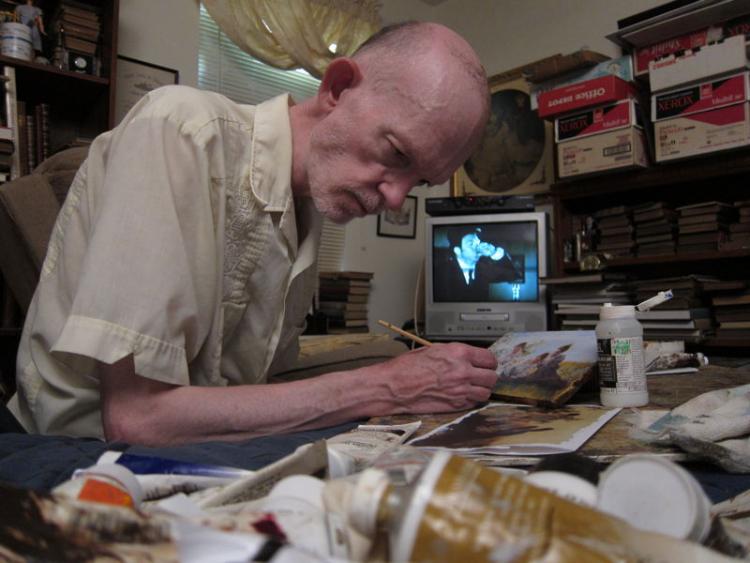

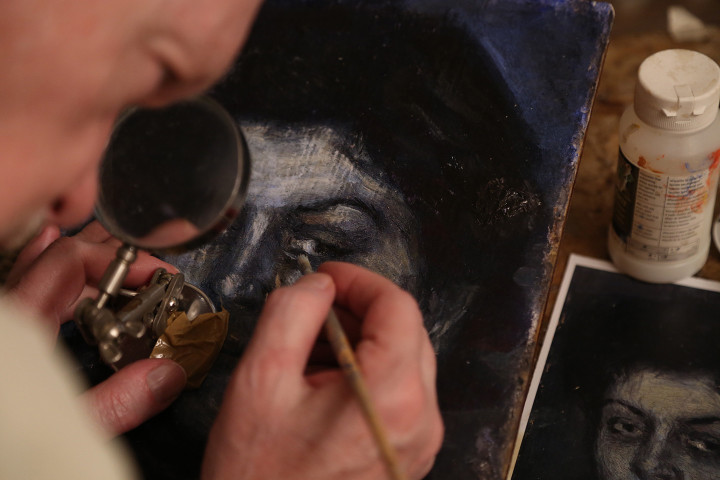
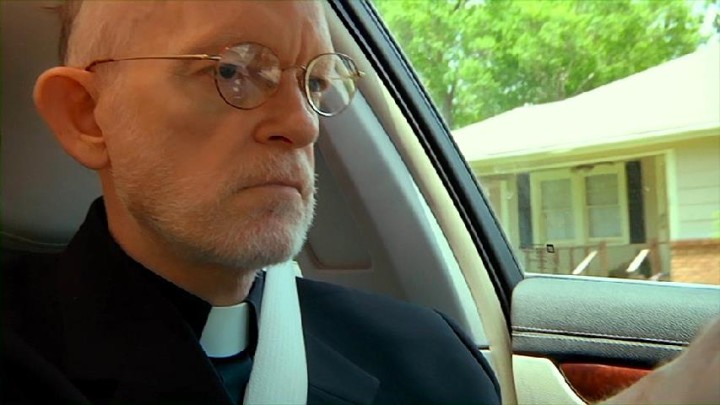
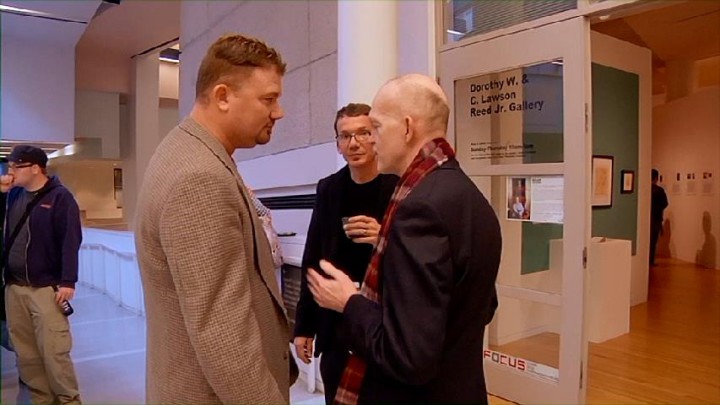
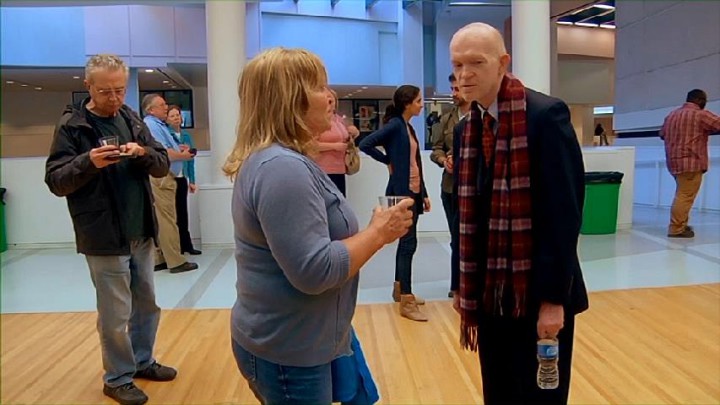
Say goodbye to this one come Friday
Shoot. I was hoping this one would find an audience.
No, it went the way of 95% of all documentaries.